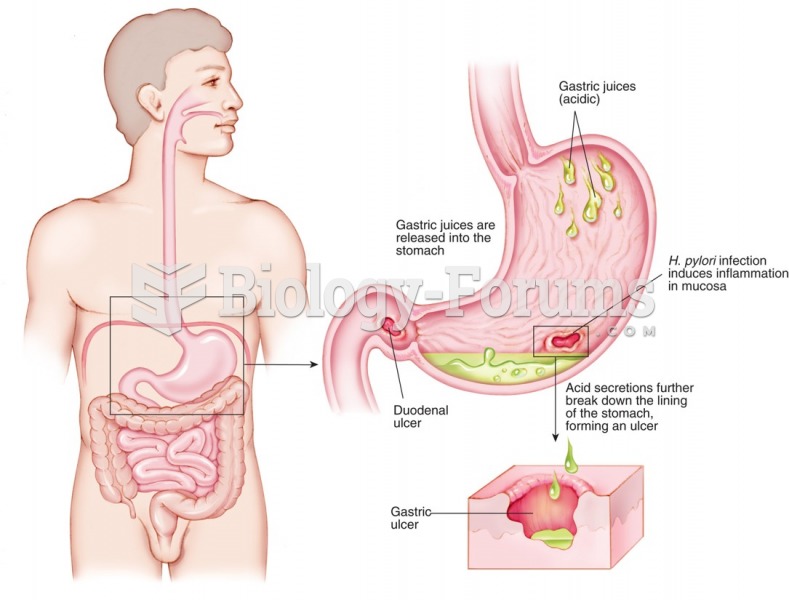There are several risk factors for coronary artery disease (CAD). For each risk factor listed, mark whether it is nonmodifiable or modifiable.
a. Age
b. Smoking
c. Family history of CAD
d. Obesity
e. Physical inactivity
f. Gender
g. Hypertension
h. Diabetes mellitus
i. Hyperlipidemia
j. Ethnic background
k. Stress
l. Excessive alcohol use
Question 2
You are a nurse at a freestanding cardiac prevention and rehabilitation center. Your new patient in risk-factor modification is B.T., a 41-year-old traveling salesman, who is married and has three children.
He tells you that his work does not let him slow down. During a recent evaluation for chest pain, he underwent
a cardiac catheterization procedure that showed moderate single-vessel disease with a 50 stenosis in
the mid right coronary artery (RCA). He was given a prescription for sublingual (SL) nitroglycerin (NTG),
told how to use it, and referred to your cardiac rehabilitation program for sessions 3 days a week. B.T.'s
wife comes along to help him with healthy lifestyle changes. You take a nursing history, as indicated in
the following.
Family History
Father died suddenly at age 42 of a myocardial infarction (MI)
Mother (still living) had a quadruple coronary artery bypass graft (CABG 4) at age 52
Past History and Current Medications
Metoprolol (Lopressor) 25 mg PO every 12 hours
Aspirin (ASA) 325 mg per day PO
Simvastatin (Zocor) 20 mg PO every evening
Lifestyle Habits
Has smoked an average of 112 packs of cigarettes per day (PPD) for the past 20 years
Drinks an occasional beer and a six-pack every weekend when watching football
Dietary history: High in fried and fast foods because of his traveling
Exercise: I don't have time to take walks.
General Assessment
White Male
Weight 235 lb
Height 5 ft, 8 in
Waist circumference 48 in
Blood Pressure 148/88 mm Hg
Pulse 82 beats/min
Respiratory rate 18 breaths/min
Temperature 98.4 F (36.9 C)
Calculate B.T.'s smoking history in terms of pack-years.







